What is the tolerance range of precision screws?
What is the tolerance range of precision screws?
Service Hotline
+86760-8787 8587We have more than ten years of production experience in the screw industry, the main products are: thick washer washers, square nuts, DIN912 bolts, 316 washers, iron screws, single-head threads, extended external screws, plastic spacers, butterfly nuts , Nylon hexagon head bolts, metal washers, cross hole nuts for baby bed accessories, nylon studs MADA, black zinc plated 304 screws, internal serrated washers and other fasteners, due to different product materials and specifications, prices are also different, Please contact us if necessary.


The circlip is also called a retaining ring or a retaining ring. It is a kind of fastener and is installed in the shaft groove or hole groove of the machine and equipment to prevent the axial movement of the parts on the shaft or hole. The circlip includes an arc-shaped elastic bending portion and a circlip protrusion at the end of the elastic curved portion, and the circlip protrusion is provided with a small hole for matching with needle-nose pliers or circlip pliers. This part is a commonly used part on the equipment. Once the assembly is not in place, it will affect the overall performance of the equipment and cause safety hazards. At present, the most common assembly method is to manually clamp and deform the circlip with circlip pliers or needle-nose pliers, put the circlip into the annular groove of the inner hole of the end cover, and then release the needle-nose pliers or circlip pliers. . The assembly of the circlip is very troublesome, labor-intensive, and has low assembly efficiency. Once mass production is required, this process often becomes a bottleneck restricting production.
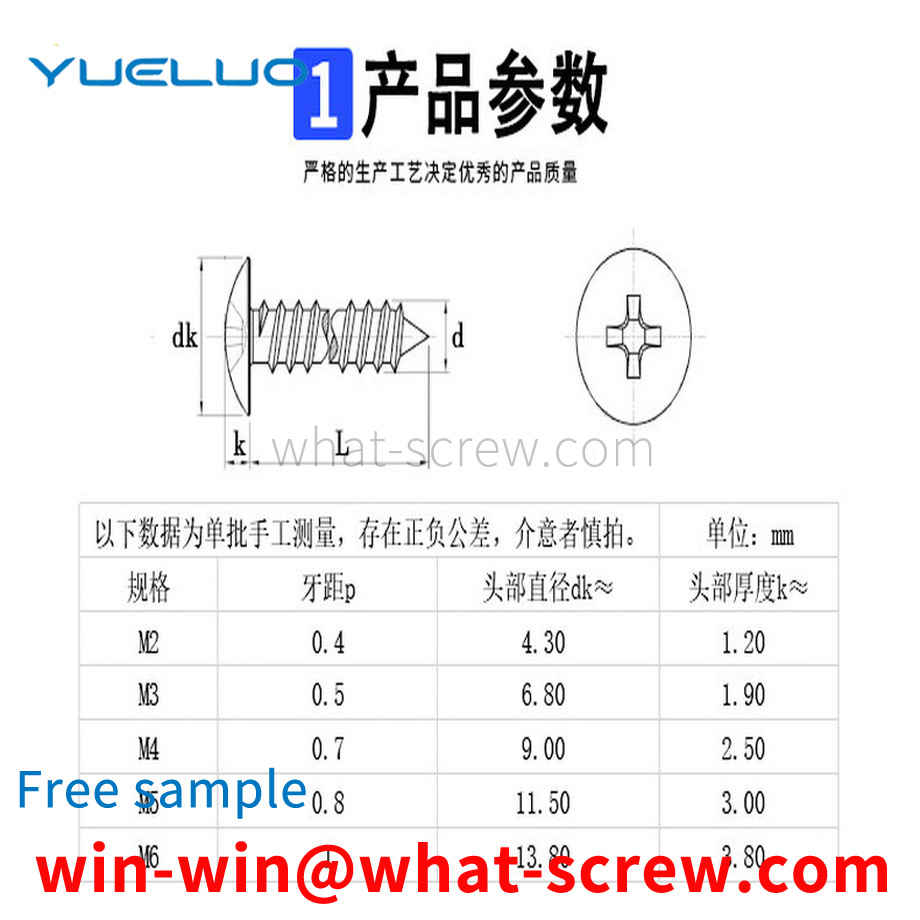
The elastic cylindrical pin, also known as the spring pin, is a headless hollow cylindrical body, which is slotted in the axial direction and chamfered at both ends. It is used for positioning, connection and fixation between parts. The outer diameter of the spring pin is usually slightly larger than the mounting hole. The deformation force generated by the elastic cylindrical pin to be restored to its original state by extrusion ensures the clamping effect of the elastic cylindrical pin. But just because of its clamping effect, it will play a big obstacle to the disassembly of the elastic cylindrical pin. When in use, the open end is extended out of the through hole on the pin shaft, and the open end is flared and separated to prevent the elastic cylindrical pin from sliding off the pin shaft to realize the function of preventing backlash. At present, the disassembly method of the elastic cylindrical pin usually uses a punching machine to remove the cylindrical pin, which easily destroys the equipment installed on the cylindrical pin, and the disassembled elastic cylindrical pin cannot be used again due to damage. One method is to insert the mounting pin with the clearance fit of the mandrel, punch the pin behind the mandrel to clamp the bottom of the cylindrical pin, and then pull out the cylindrical pin, which can only be used when the elastic mounting pin is installed in the through hole, and because it is necessary Applying force to the mandrel increases the difficulty of disassembly and increases the work intensity of the installer. Three methods are done by the installer using two needle nose pliers. Specifically, first use needle-nose pliers to clamp the ends of both sides of the elastic cylindrical pin, and then apply an inward force to the needle-nose pliers, so that both sides of the elastic cylindrical pin rotate in the same direction until the opening becomes smaller, and then Pull it out to remove it successfully. The defects of these existing methods are obvious. The shape of the disassembled elastic cylindrical pin is either unusable or the deformation of the cylindrical pin after disassembly is not uniform, which seriously affects the performance of the elastic cylindrical pin, resulting in waste and increased cost; The method is purely manual work, and sometimes it takes several repetitions to remove the elastic cylindrical pin. Due to the different installation positions of the elastic cylindrical pin, it sometimes increases the difficulty of disassembly, and it is difficult to remove the needle-nose pliers effectively. The pliers are difficult to construct, and the elastic cylindrical pins are easily damaged. If there are too many elastic cylindrical pins to be disassembled, the existing methods are often difficult to meet the needs, which not only consumes a lot of time and physical strength of the installer, but also makes it difficult to ensure the quality.
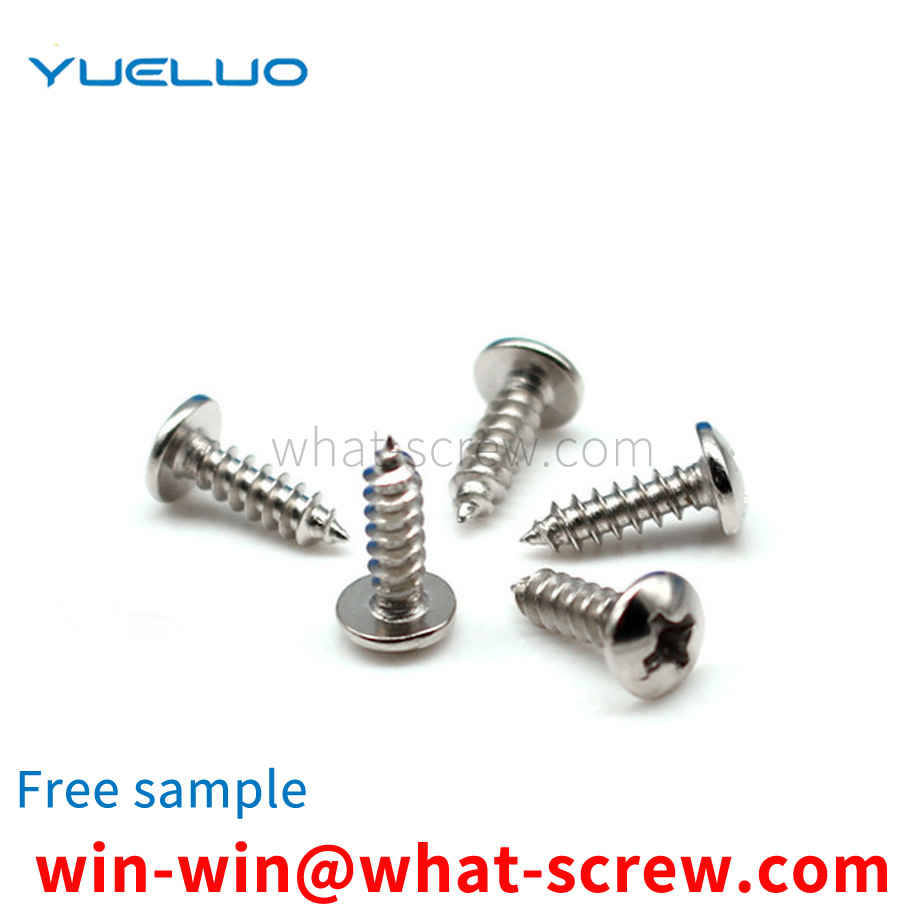
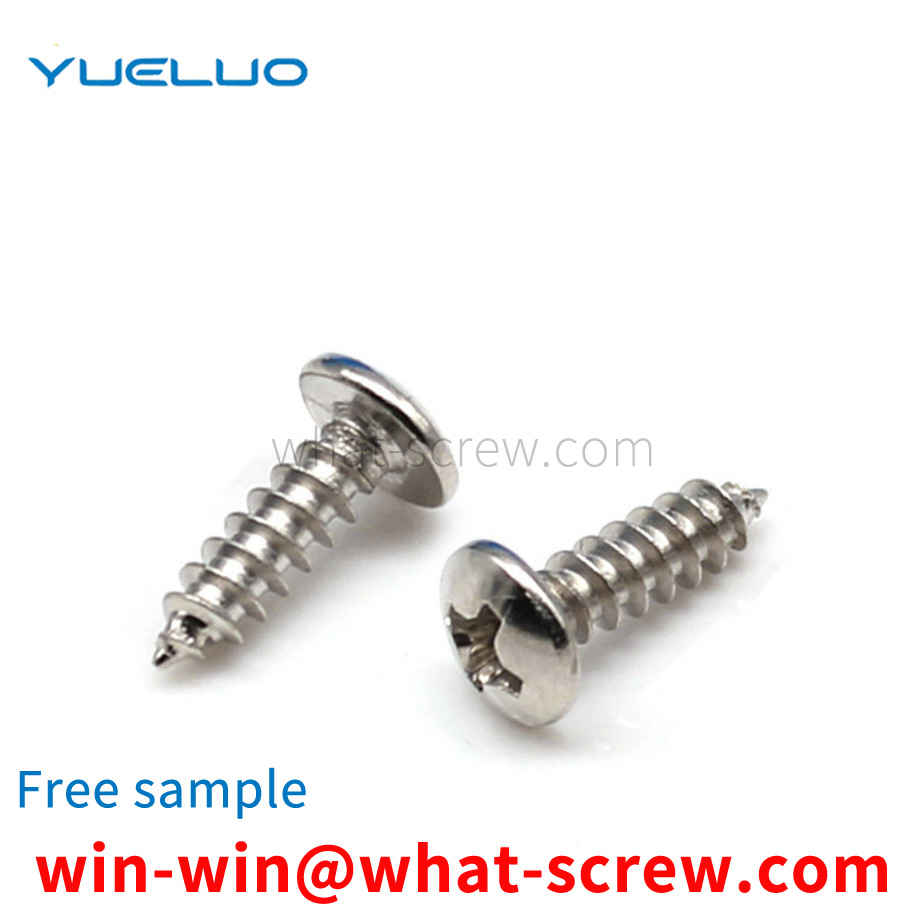
The design of the existing shaft circlip is relatively simple, and the circlip is not fast enough to be fixed in the shaft groove. When the shaft circlip receives the repeated action of radial impact load, it is prone to loosening, which affects the use of the circlip.
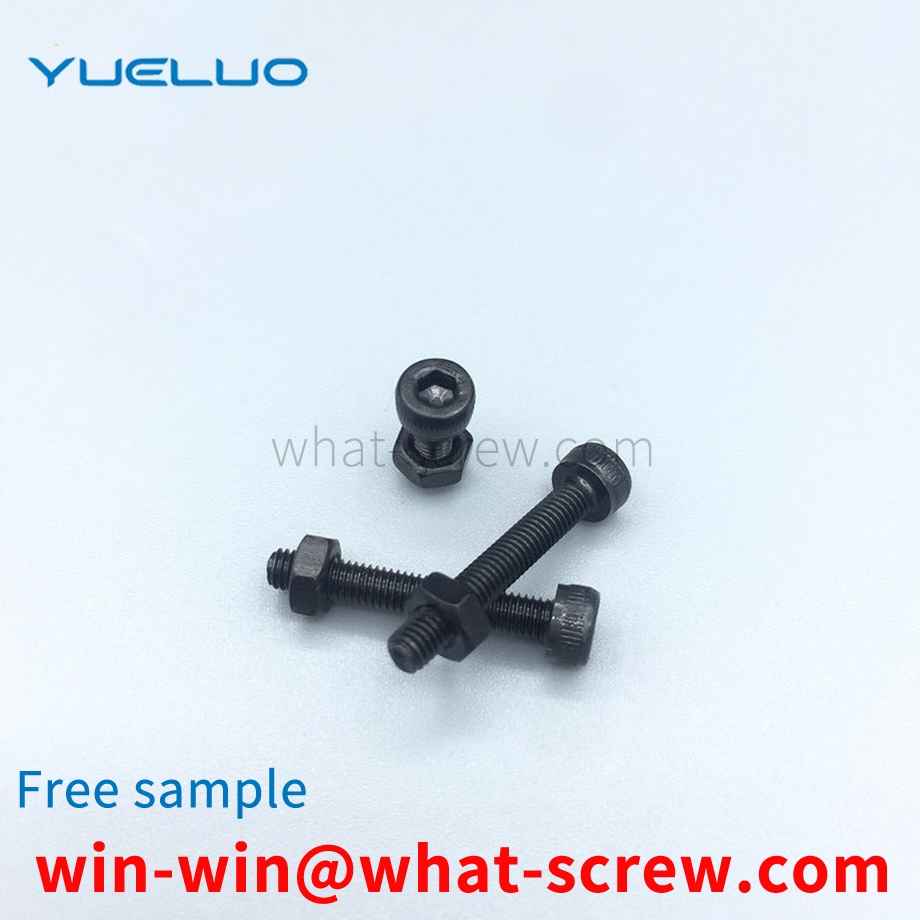
The round nut is often used with the round nut with a stop washer. When assembling, insert the inner tongue of the washer into the groove on the shaft, and insert the outer tongue of the washer into the groove of the round nut, and the nut will be locked; loose. Often used as the axial fixation of rolling bearings. Round nut with thread size of M10×1~M200×3. The thread specification D=M16×1.5, the material is 45 steel, the groove or all heat treatment hardness HRC35~45, the marking of the surface oxidation round nut: nut GB/T 812-88 M16×1.5.
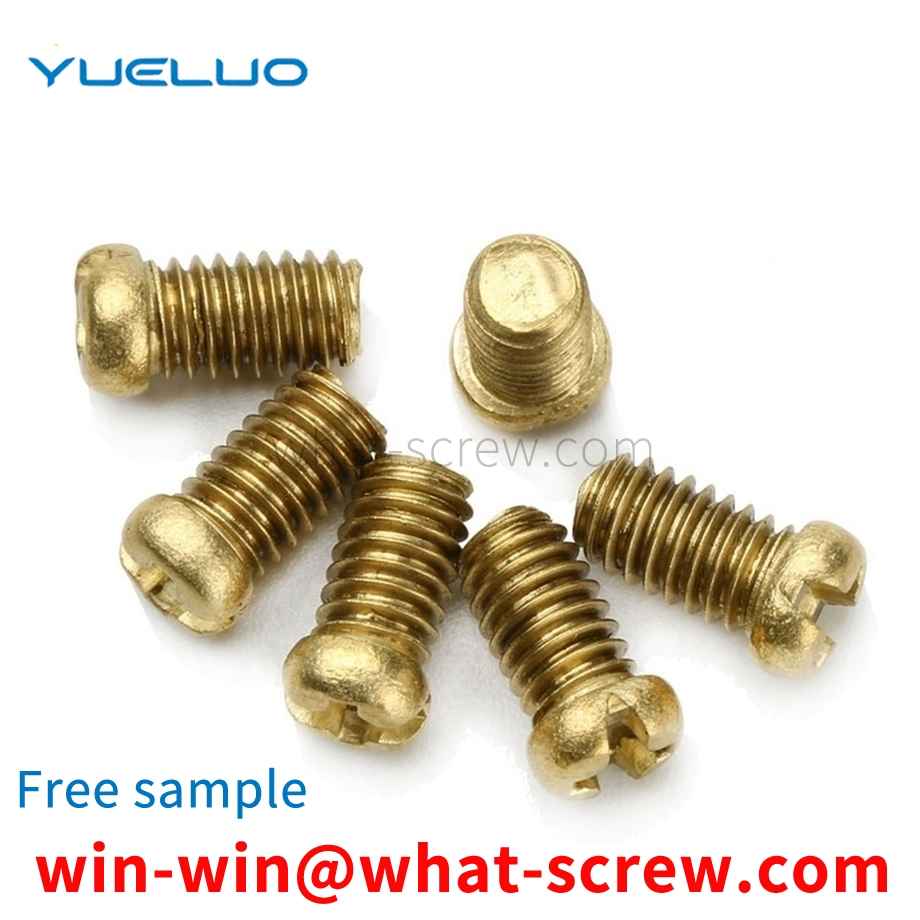
The above content is uploaded by Yueluo or the Internet. If there is any copyright issue, please contact [email protected].

What is the tolerance range of precision screws?

How to choose the right stainless steel screw manufacturer?

Why is there an R angle under the head of the hexagon head s...
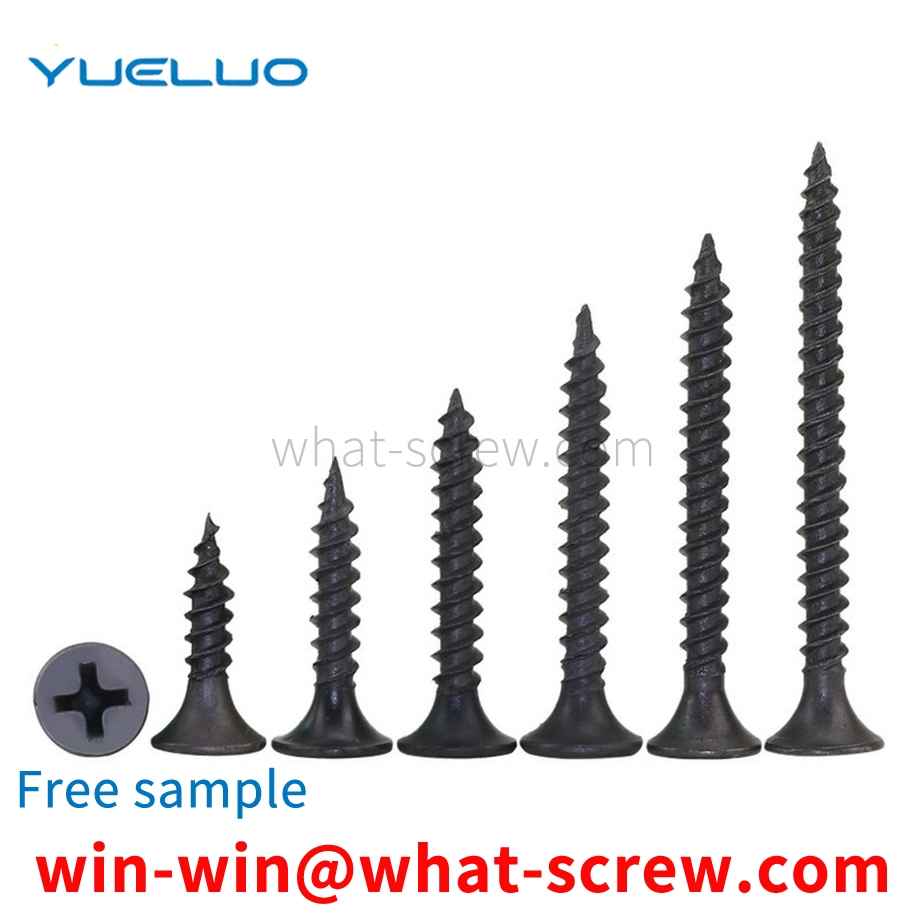
We have more than ten years of production experience in the ...
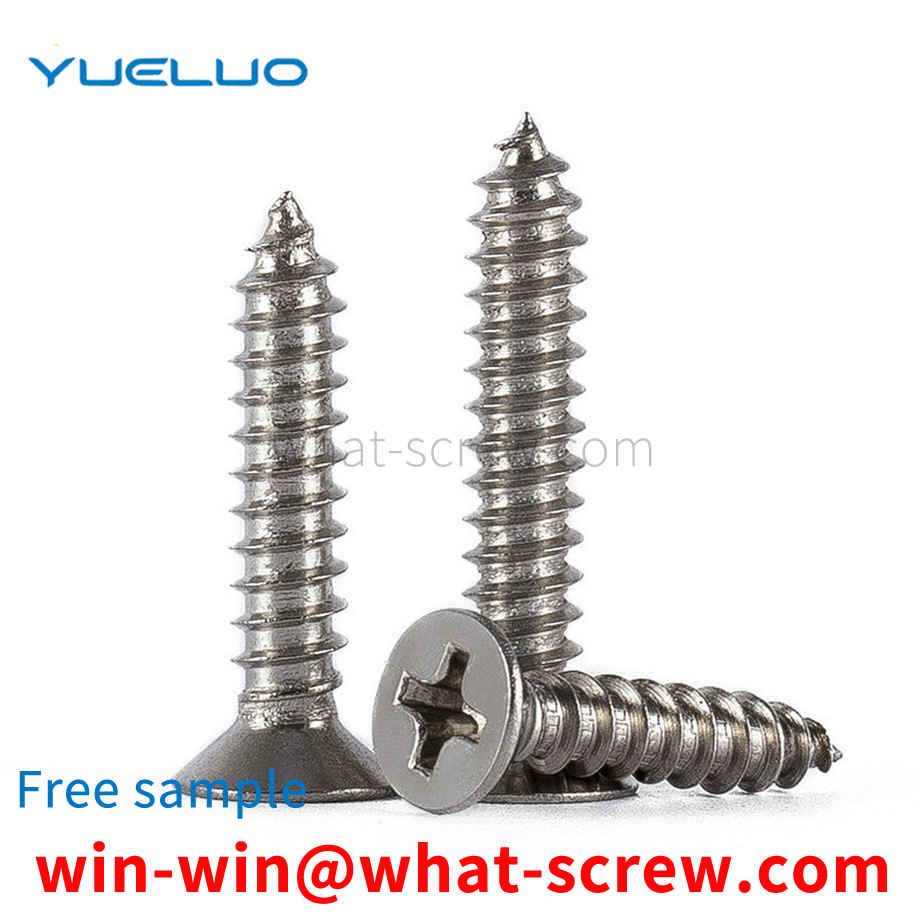
We have more than ten years of production experience in the ...

We have more than ten years of experience in screw industry ...

We have more than ten years of experience in screw industry ...